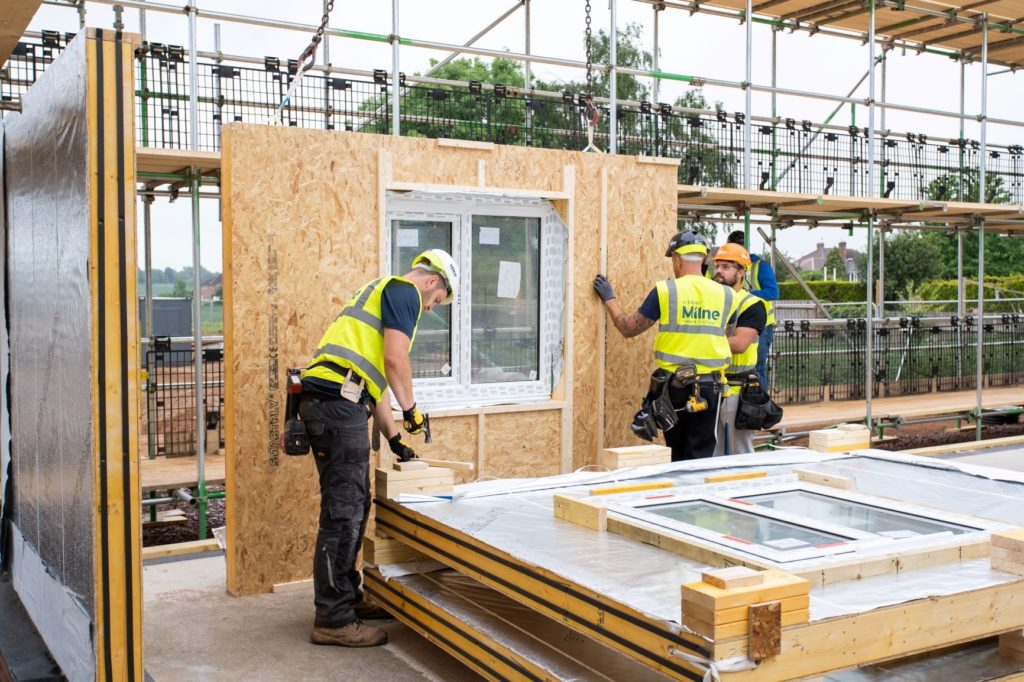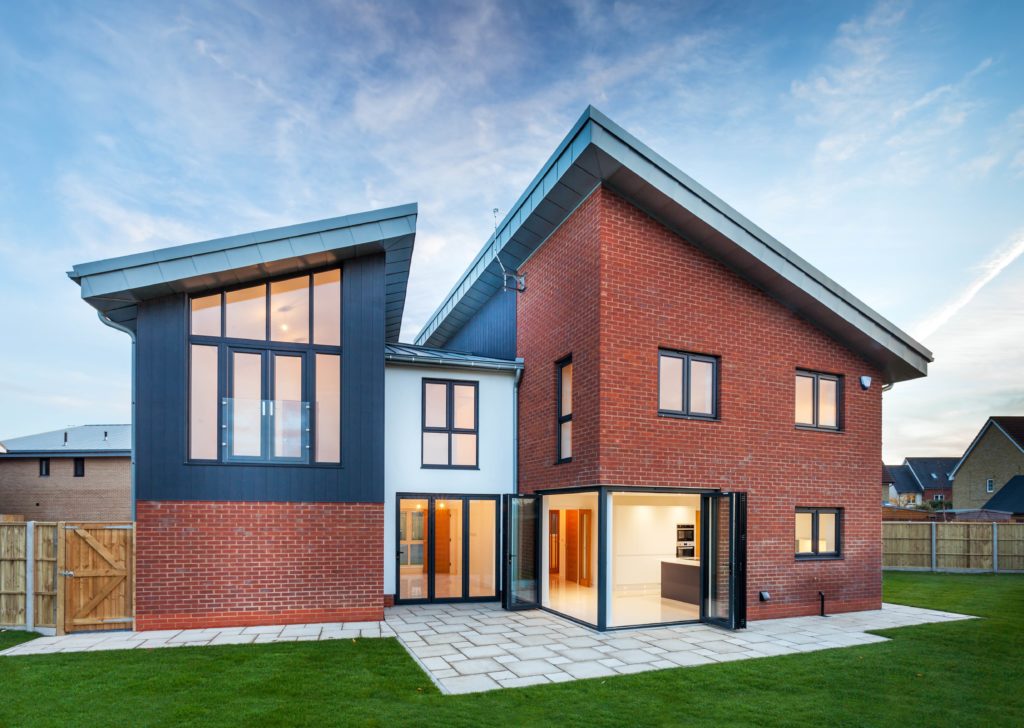
Stewart Dalgarno, director of product development at Stewart Milne Timber Systems, discusses why modern methods of construction coupled with a build fabric such as timber frame is key to meeting housing targets sustainably.
INDUSTRY reports are increasingly signalling a move towards modern methods of construction (MMC) in the housebuilding sector. A phrase coined by the UK Government, it acts as a definition and framework to encourage developers to adopt and champion construction practices which will speed up delivery, plug the skills gap and, crucially, drive for a low carbon sustainable economy.
In the housebuilding sector, MMC can have a transformational impact. With the UK currently experiencing a housing shortage and government statistics stating a further 120,000 homes are needed annually, modern methods of construction, and in particular, offsite timber building solutions, are vital in addressing the shortfall.
But as demand for increased production is driven by the industry, it is absolutely crucial that low carbon sustainability remains front-of-mind throughout. This is where the build fabric itself becomes just as important as the construction method.
Taking a ‘fabric-first’ approach and using offsite timber frame construction is a proven means of ensuring sustainability and low-carbon compliance is part of the very heart of the development, in the materials used, construction stages and for the remainder of its lifecycle.
A natural, renewable low-carbon material, timber is readily available, economically viable, versatile and is a carbon-neutral building material in itself – for every tree used in a timber frame home, more are planted. This is converse to concrete blocks and mortar, which is an energy-intensive and non-renewable method of construction.

Offsite timber frame construction provides the building with a superior thermal envelope, requiring minimal maintenance and a fit-and-forget solution for the lifetime of the building. For a home to be as energy efficient as it can be, it must be as insulated and air tight as possible, and with timber construction retaining and reducing heat demand, the resulting building becomes extremely fuel efficient.
Offsite timber frame construction is a proven mainstream construction solution, with a track record in superior energy efficiency and low embodied carbon. It is reliable, cost-effective and the dominant method of construction in many countries, in addition to being the first choice for self-builders, where energy efficiency, low-carbon construction, and cost are key specifications.
In housebuilding, we’re already seeing a move towards low-carbon homes, both in the production and how people use them. The latest announcement reinforces the commitment from the UK Government and further builds on the original ‘code for sustainable homes’ method for assessing new builds in 2006.
The Future Homes Standard ensures new build homes are future-proofed with low-carbon heat and power and world-leading levels of energy efficiency – tying in with the Chancellor’s pledge to reduce fossil fuel use in homes by 2025.
The industry is already well-equipped to scale-up in its adoption of timber as a build fabric combined with modern methods of construction. The UK offsite timber frame infrastructure in the form of supply-chain, materials, skills and capacity already exists to meet current and future housing targets and modern timber techniques have been used in thousands of new home builds, for decades.
The advantages of using offsite timber frame are three-fold: low energy demand, carbon-neutral raw material, and a proven, reliable, cost effective mainstream way of building high quality energy efficient homes. It’s therefore clear that in the multi-faceted approach which must be taken to create sustainable climate resilient homes for the future, that timber, and a fabric-first approach, will play a central role in enabling those other facets, such as renewable energy and smart technologies, to work as efficiently and harmoniously as possible.
Offsite timber frame construction provides housebuilders with many of the answers, but it’s also collaboration within the industry that will be crucial in bridging the housing gap. Industrialisation through offsite construction, digital working and lean site assembly, can deliver high-quality homes costing the same or less than houses which have been built traditionally. Taking a timber frame, fabric-first approach to homes is the most effective means of meeting major housebuilding and net-zero carbon targets sustainably. It’s affordable, proven, and requires no maintenance in the long-term. A true fit and forget approach, which is cost-efficient year-on-year for the lifetime of the development. It positively impacts the social agenda as more efficient homes reduces energy bills for tenants, thereby decreasing fuel poverty. For many, building low-carbon homes is already high on the agenda and has been for some time. However, measures such as the Future Homes Standard will simply underpin and provide additional momentum to drive the uptake of offsite timber frame construction as the go-to solution of choice across the UK.








